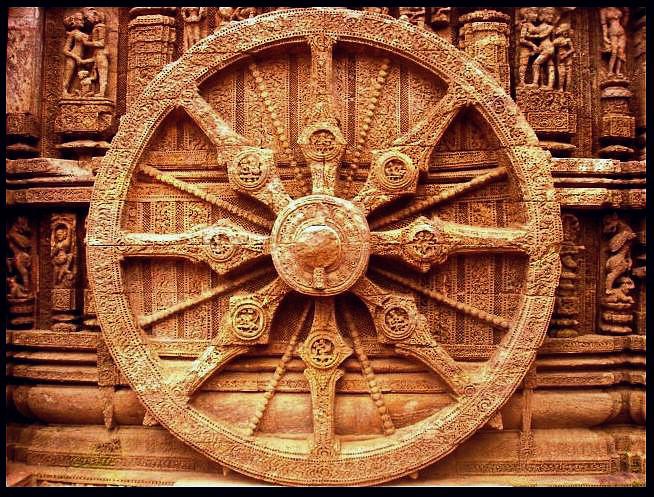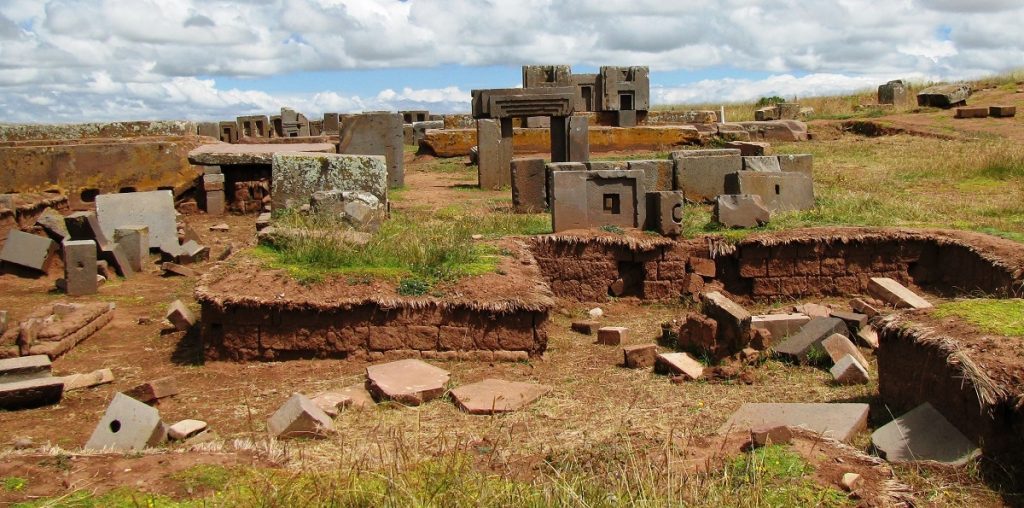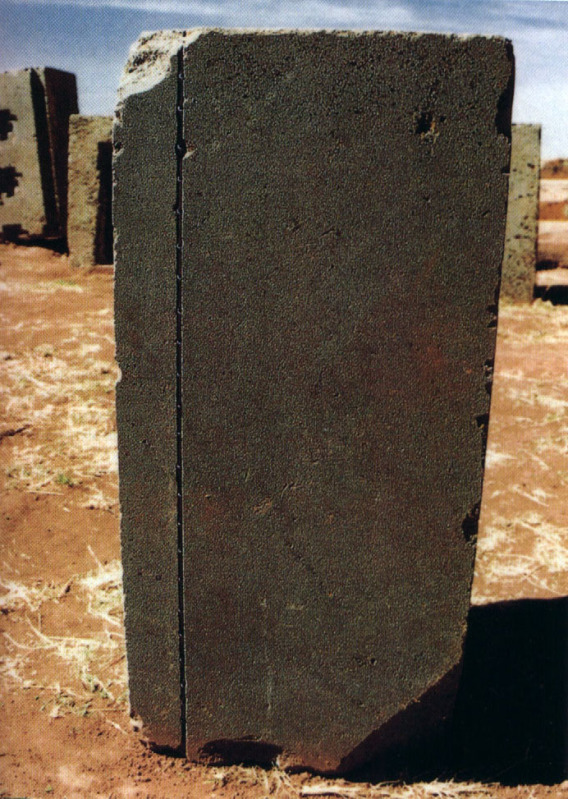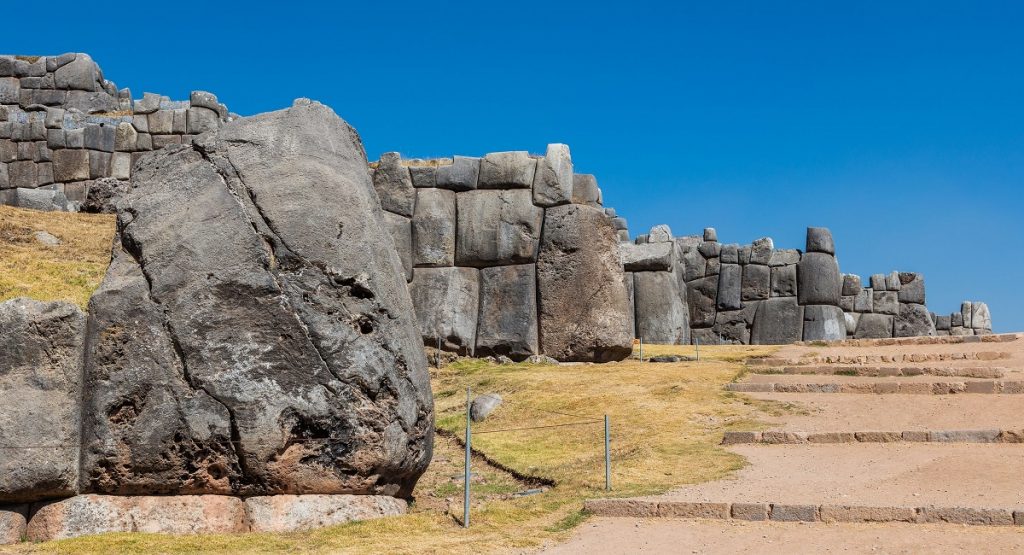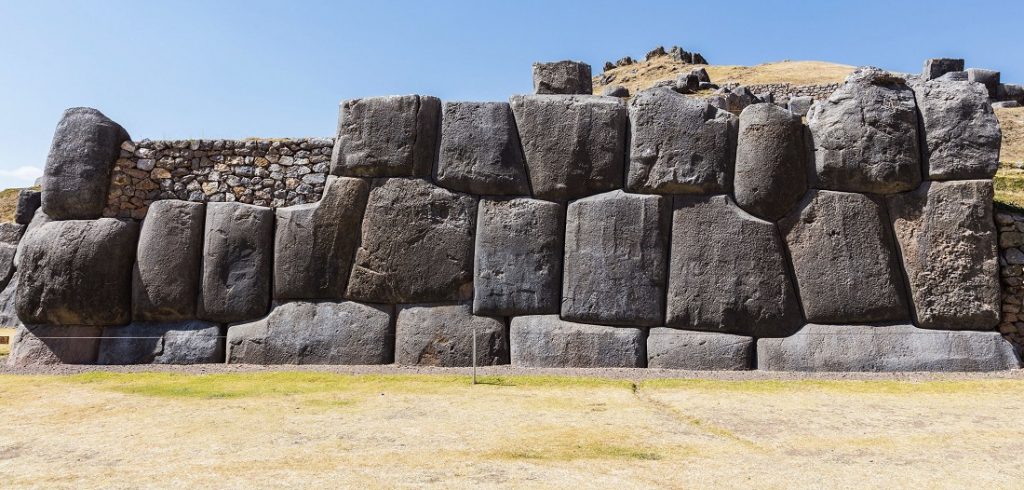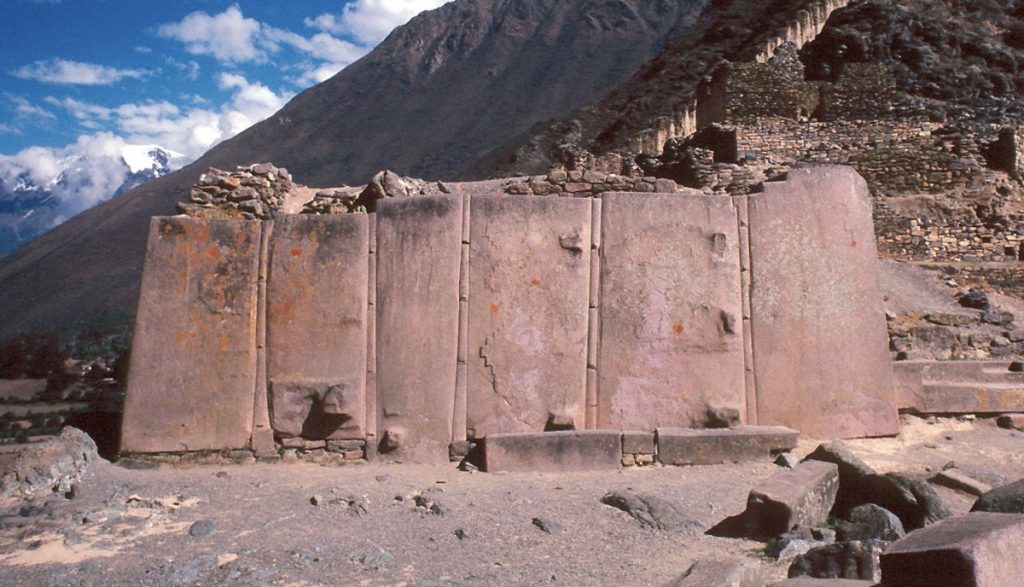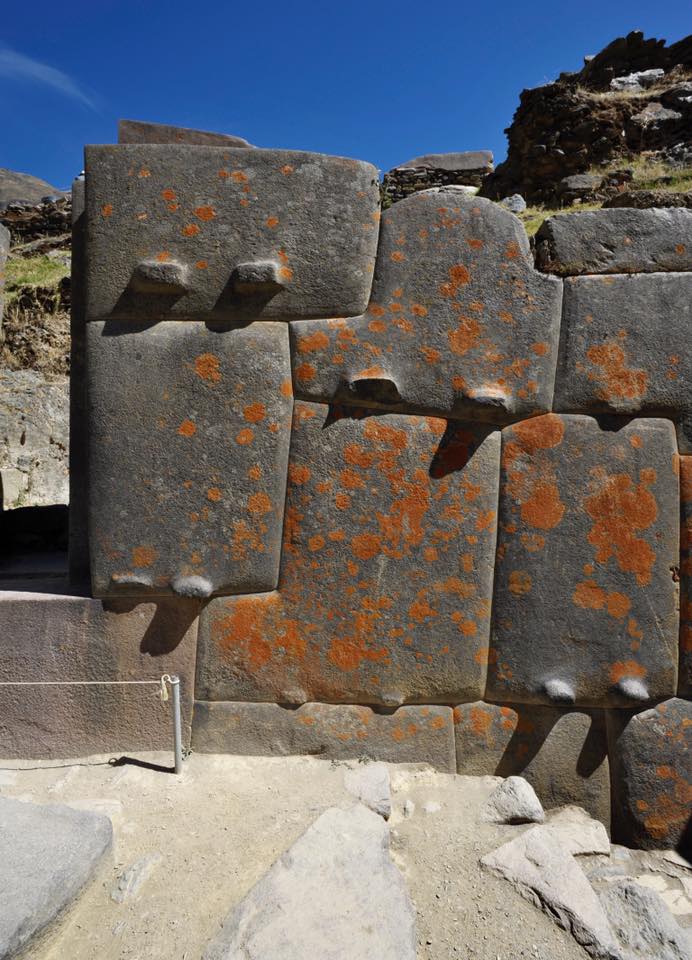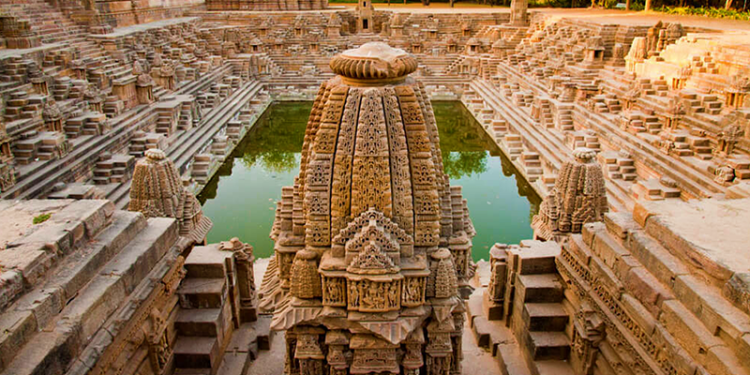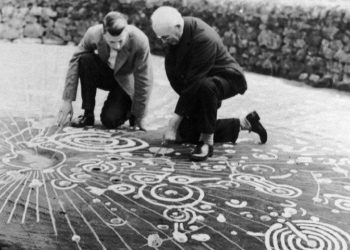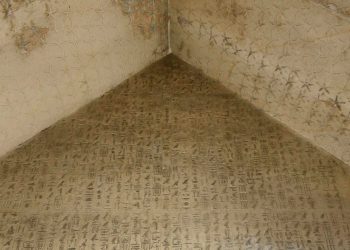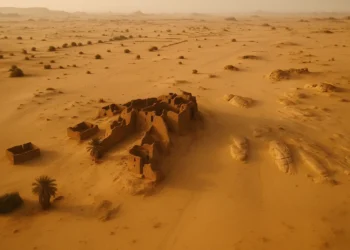These 20 ancient engineering wonders reveal how prehistoric builders shaped stone with an accuracy and scale that challenges modern technology. From Egypt to the Andes, the ancient world was filled with monumental projects that still defy explanation.
Mastering stone before history was written
Long before the invention of written language, ancient builders were creating structures that still puzzle archaeologists today. These early civilizations carved, transported, and positioned blocks of stone weighing more than 100 tons—using methods we still struggle to fully understand. The legacy of this prehistoric ingenuity stretches across every continent, from Egypt and Mesopotamia to the Americas, India, and beyond. What we often call “primitive” cultures were capable of architectural feats that remain unmatched in precision and durability.
Whether it’s a pyramid rising from the desert, a hidden temple buried in jungle, or a fortress carved into solid mountain rock, the clues are everywhere: the ancients were far more advanced than we often assume.
From pyramids to temples: ancient builders worldwide
Egypt is home to more than 120 pyramids—some well-known, others still half-buried in desert sands. But beyond their iconic shape lies something even more remarkable: precision-cut, interlocking stone blocks placed so perfectly that even a razor blade cannot slide between them. Temples such as the Osirion in Abydos contain massive granite blocks fit together with astonishing accuracy. These are not isolated examples.
Across the Atlantic, in South America, we find similar craftsmanship. In Peru and Bolivia, sites like Sacsayhuaman, Ollantaytambo, and Tiahuanaco display masonry so precise that some researchers argue it exceeds what modern construction tools can achieve on-site. In India, ancient temples like those at Mahabalipuram and the Kailasa temple at Ellora were carved directly into the bedrock, sometimes from a single stone, with entire temple complexes created without any written plans or modern machinery.
Bear in mind that these are not legends or myths. They are physical monuments that exist today, built by civilizations that were far more technically skilled than they are often given credit for.
Unexplainable stonework and impossible cuts
At the heart of this mystery lies one recurring element: the stone itself. Temples like Korikancha in Cusco, Peru, contain stones so precisely cut they appear “bent” into shape. Many have surfaces polished to a mirror-like finish. And at Puma Punku, part of the Tiwanaku complex in Bolivia, massive andesite blocks are carved with laser-like precision, featuring sharp interior corners, perfectly aligned holes, and mechanical-looking slots.
The scale is staggering. Some stones weigh over 100 tons and were transported across uneven terrain without the use of the wheel. Others show evidence of advanced geometry and symmetrical design. At Ollantaytambo, megalithic blocks were hauled down from a nearby quarry across a river and up a steep incline—something modern engineers would hesitate to replicate even with cranes.
Even today, visitors to these sites are left wondering: how did ancient people, with no steel tools or heavy machinery, achieve such perfection?
Amazing Images of Ancient Engineering
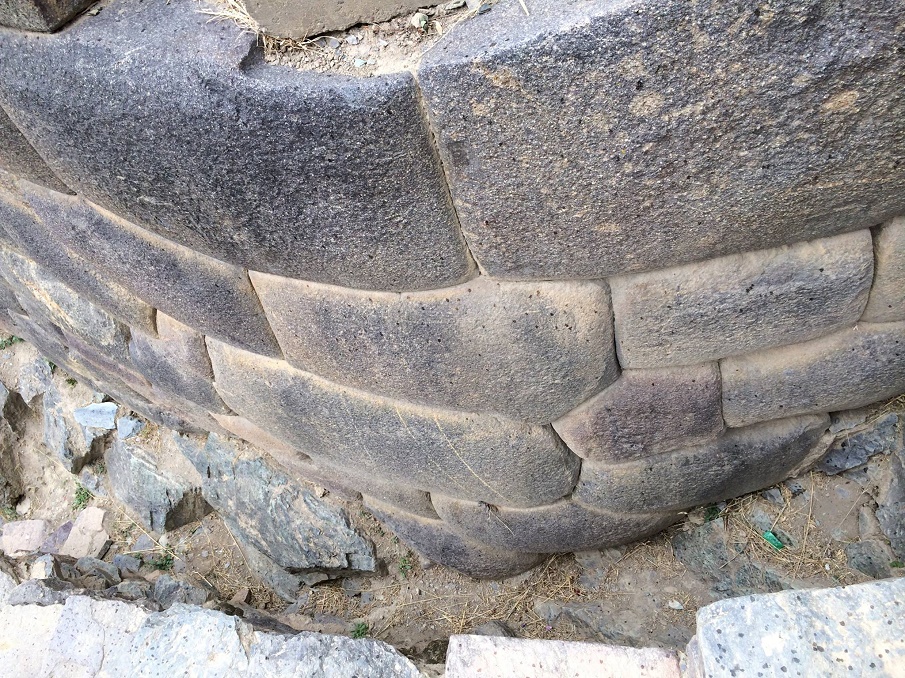
Both sites were built thousands of years ago, and modern scholars maintain that the ancients quarried, moved, and placed into position these gigantic rocks with very primitive tools. They well may have, but their technique remains an enigma to science. And to understand the complexity and elegance of some of these sites, here we have a few more images.
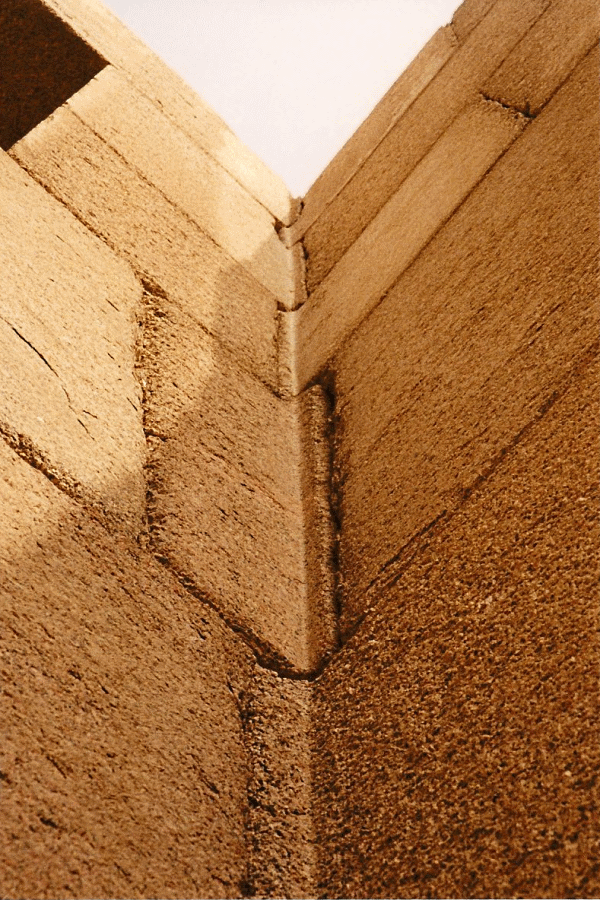
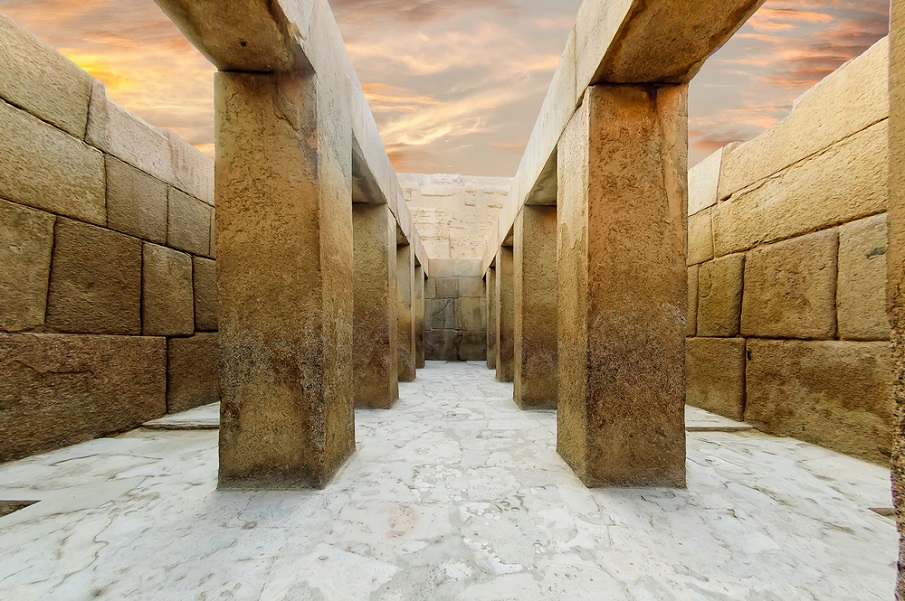
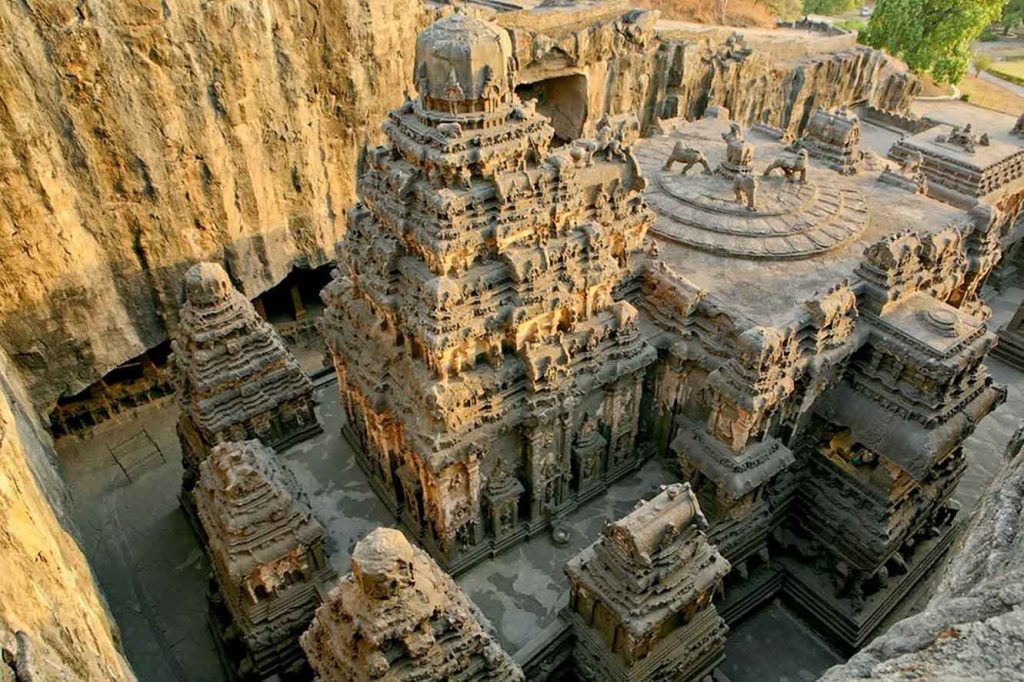
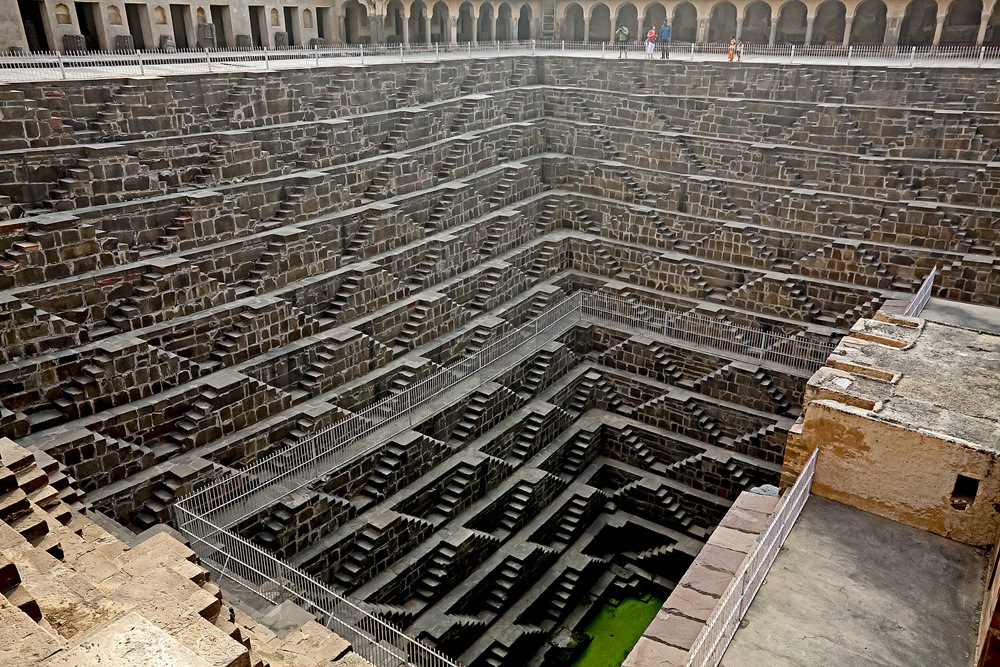
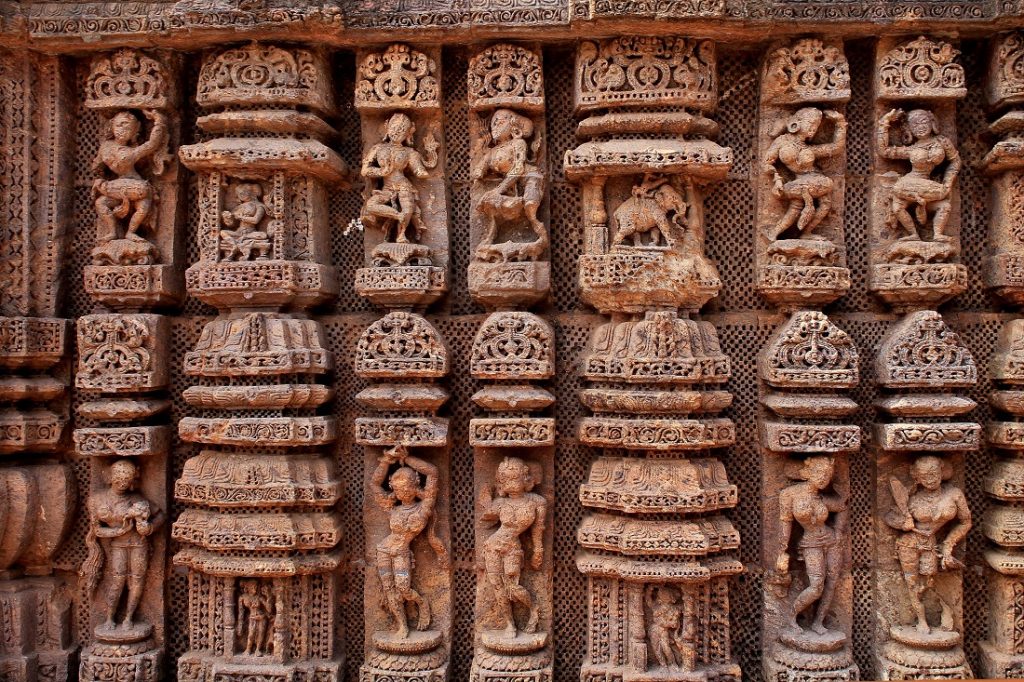
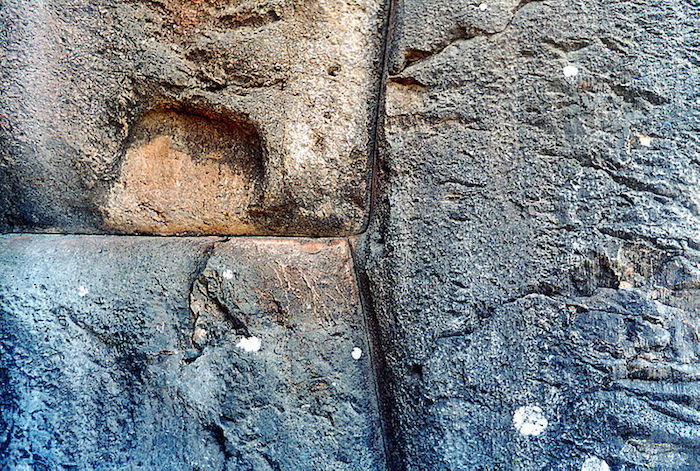
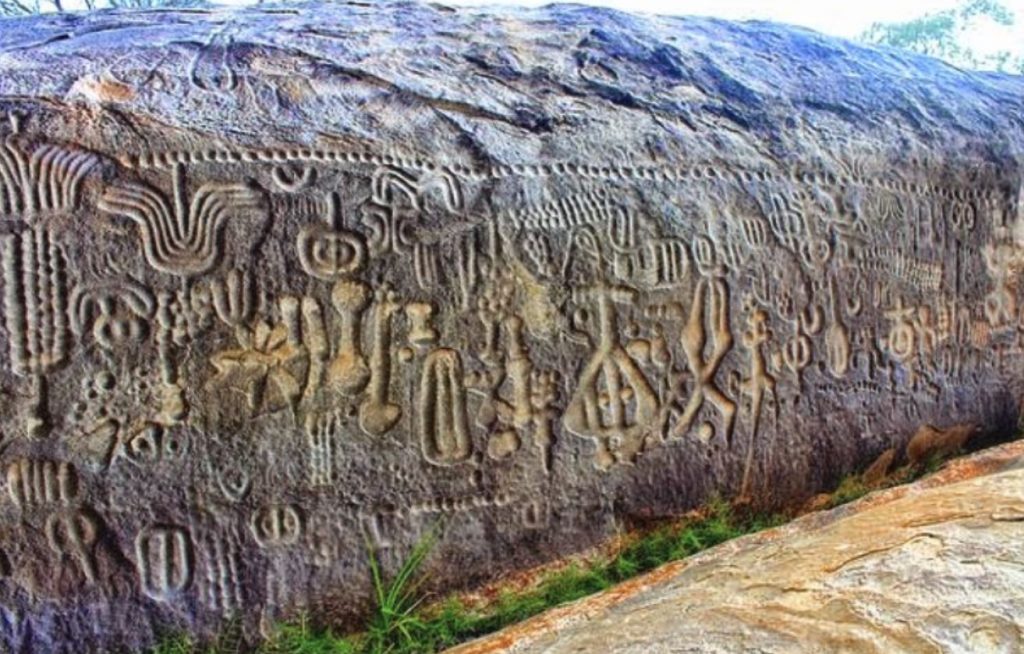
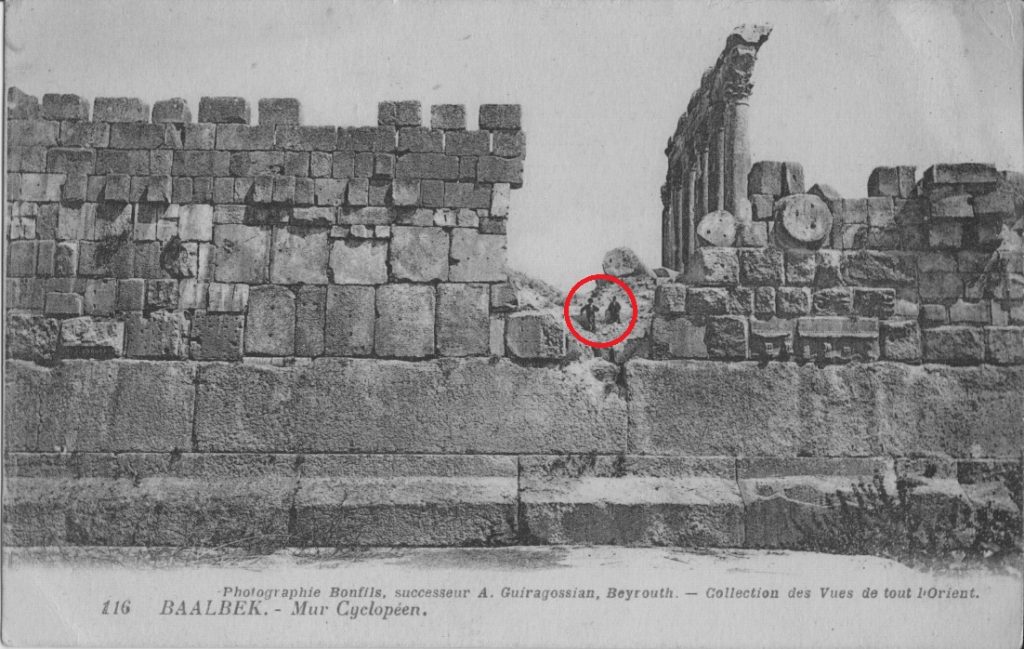
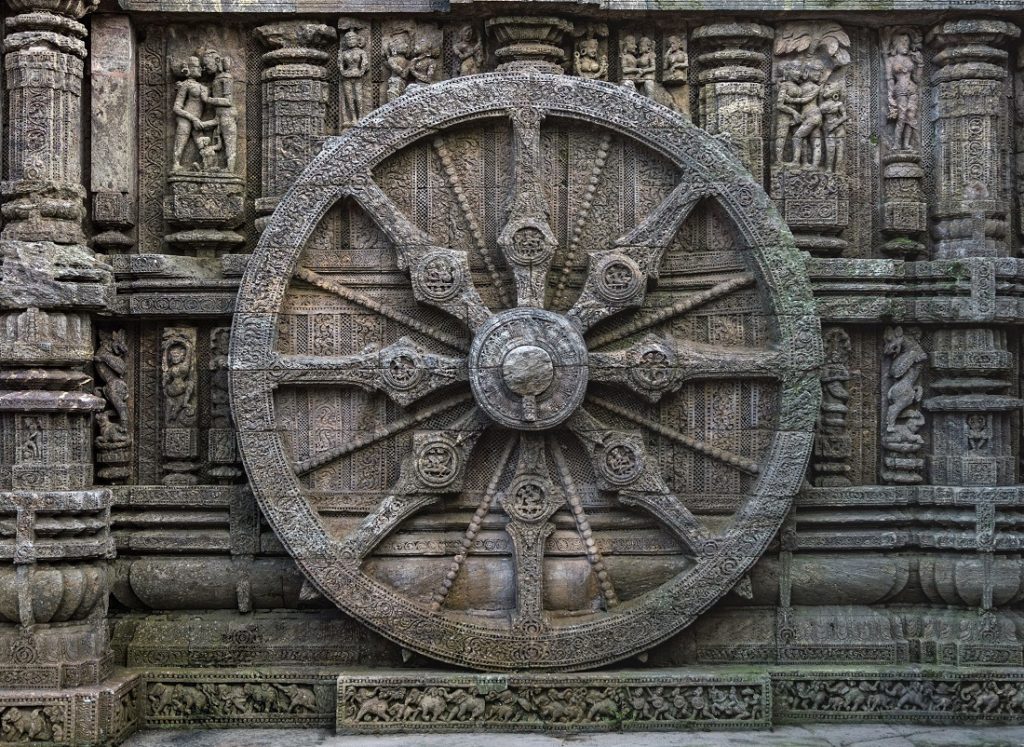
This is a wheel engraved in the 13th century built Konark Sun Temple in Orissa, India. The temple is designed as a chariot consisting of 24 such wheels. Each wheel has a diameter of 9 feet 9 inches with eight spokes. Each wheel acts as a sundial, and the various engravings show the daily activity of people at different hours of the day. This is a UNESCO World Heritage site. Image Credit: Wikimedia Commons.
